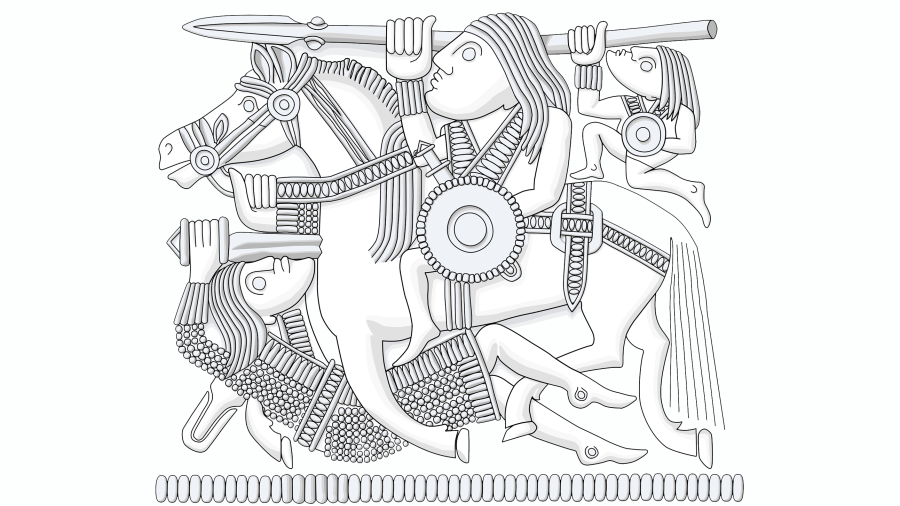
Overview
Can the origins of the English be found in 5th and 6th-century population movement from NW Europe? The talk offers a critical evaluation of the robustness of archaeological, documentary, linguistic, and recent isotopic and genomic arguments underlying that popular narrative. It concludes that there is no reliable, contemporary evidence for that supposed event. Instead, it suggests, the evidence indicates an alternative, more complex, narrative for the emergence of the England through evolution and innovative adaptation from its Roman (and prehistoric) past.
Speaker
Susan Oosthuizen is a landscape historian, and Professor Emerita of Medieval Archaeology in the University of Cambridge. She is currently most interested in rights of common and their contribution to the ways in which post-Roman England evolved, adapted and innovated after 400 CE, part of the western European transformation of the late Roman empire. Her most recent book is The Emergence of the English (Arc-Humanities Press, 2019).
Details
This event is organised as part of the 'Wolfson Bridges' event series by the Society of Emeritus Fellows.
It is open to all and free to attend with no booking required.
Access
This event will take place in the Roger Needham Room on the second floor of the Chancellor's Centre. It has step-free access with a lift and there is an accessible toilet located each floor of the building.
Image (c) Goran tek-en, CC BY-SA 4.0, via Wikimedia Commons